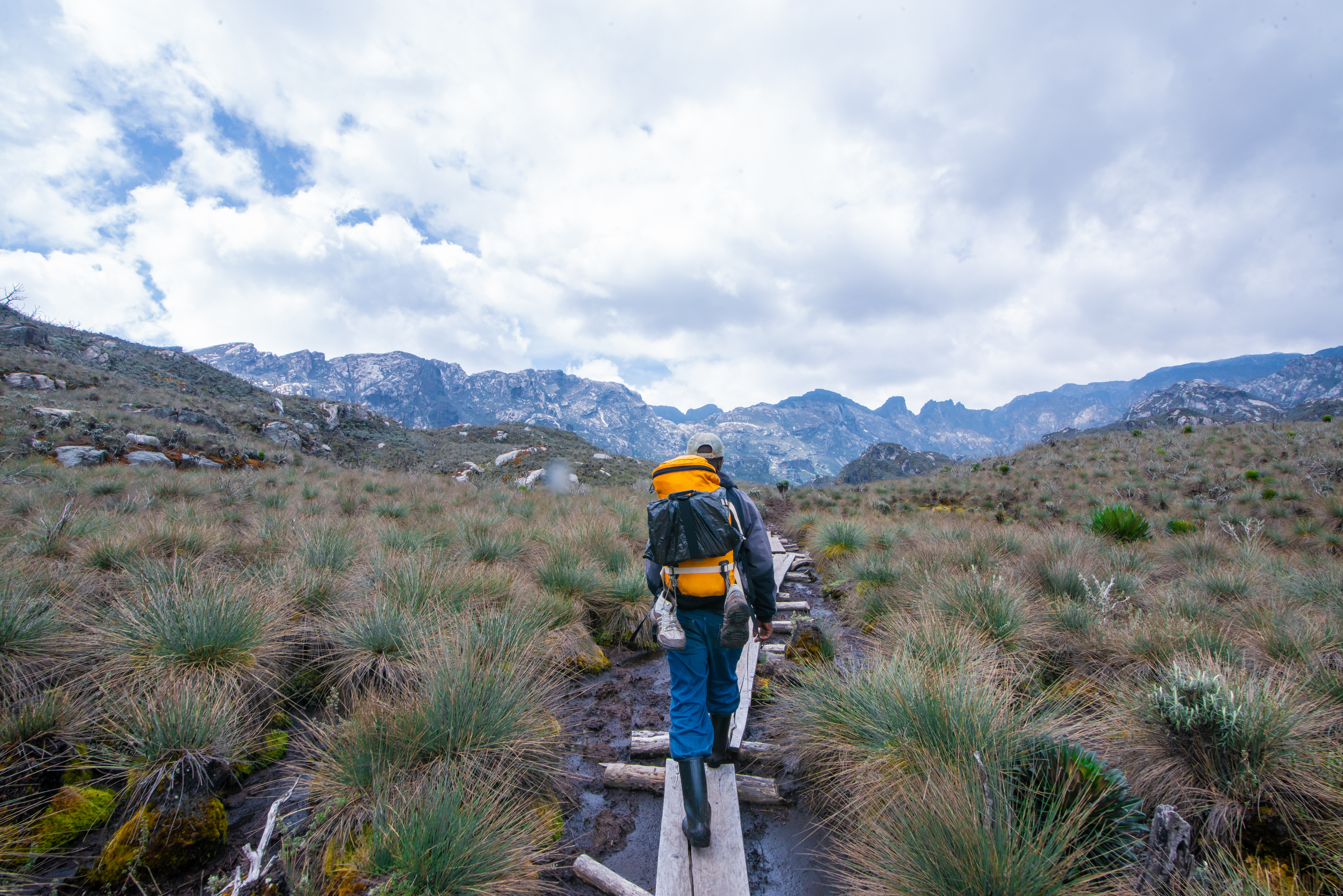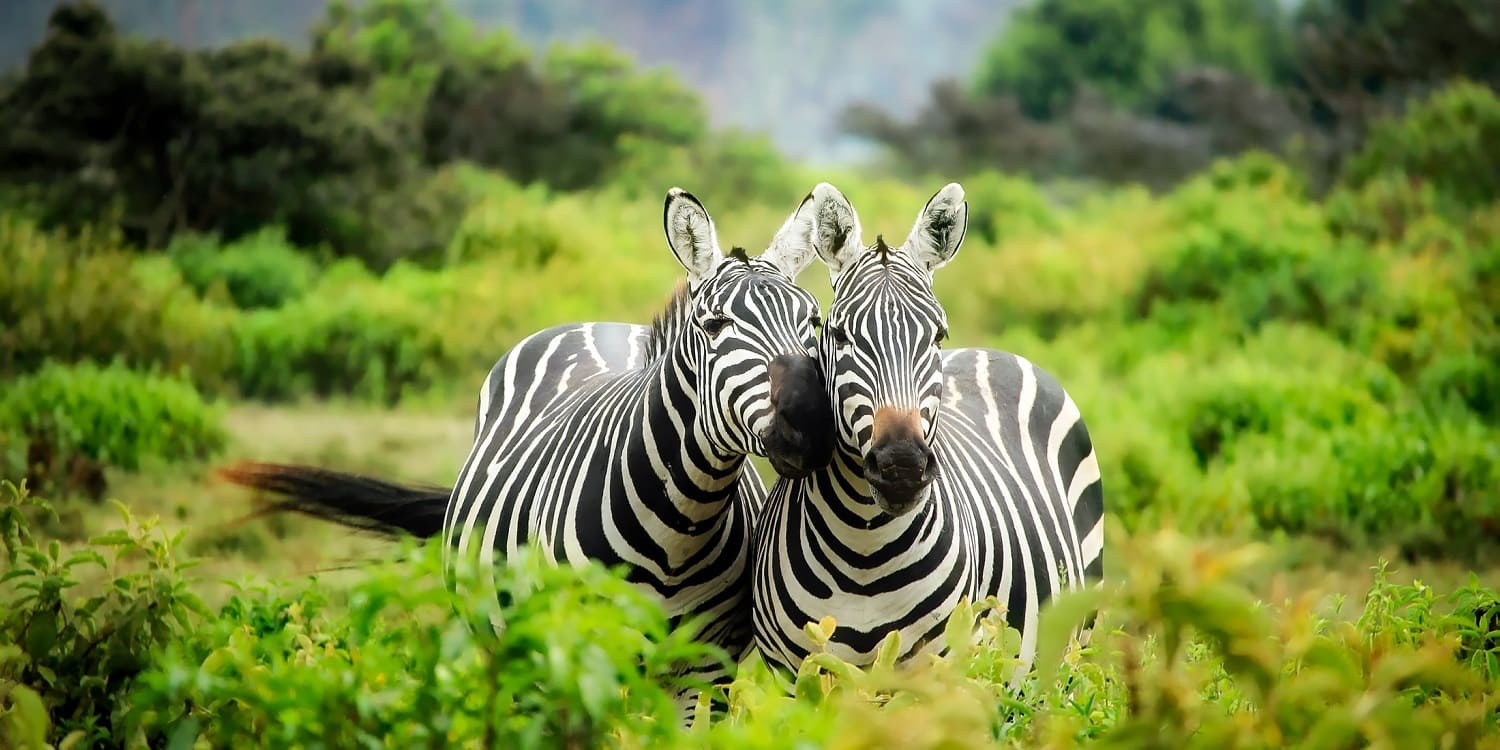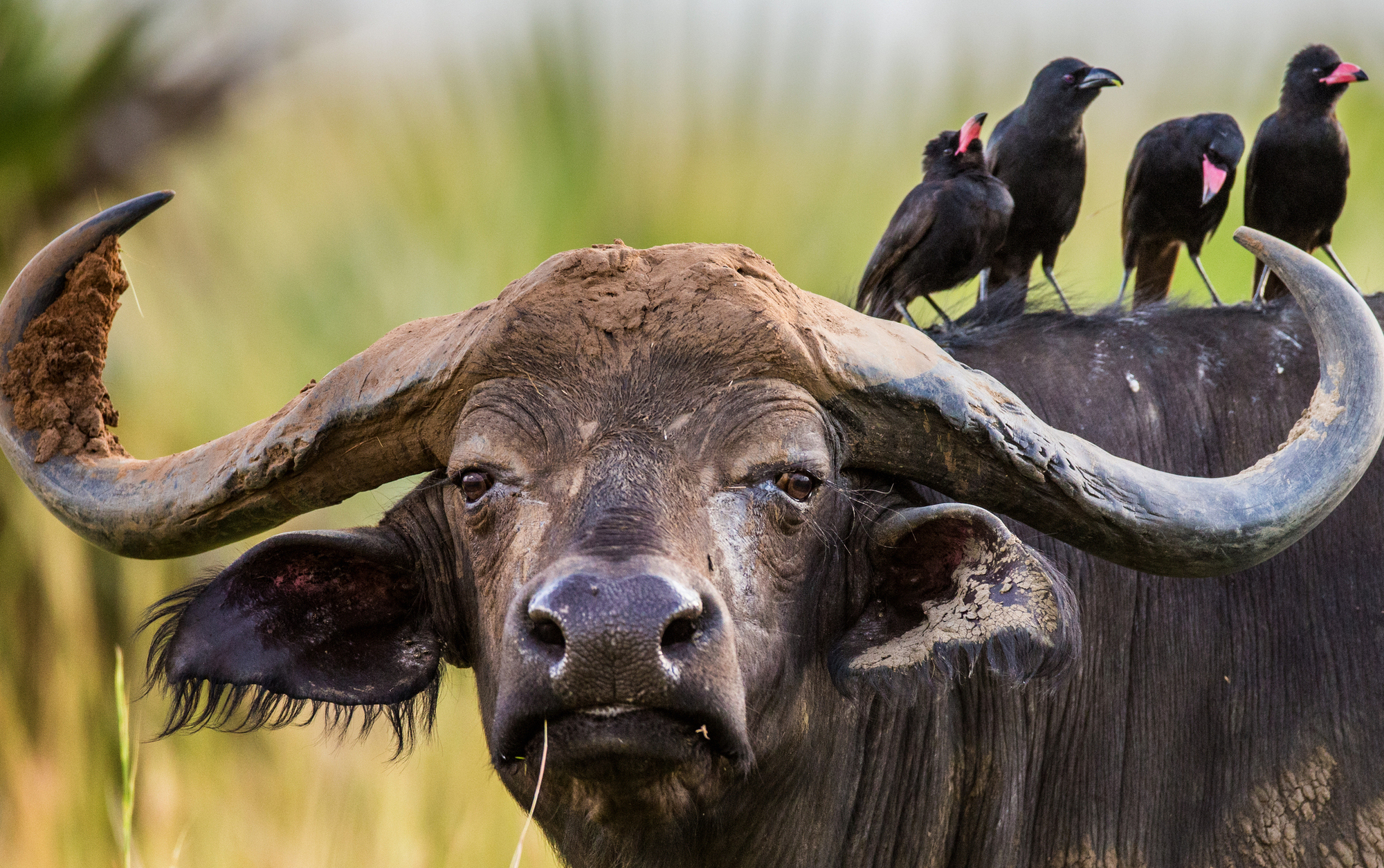10 DAY- ULTIMATE - TREK MARGHERITA PEAK- RWENZORI MT. NATIONAL PARK
Tour snapshot
9 Days
Kasese
Wild and Cultural Safaris
Overview
This 10 day delightful mountain climbing of the Mountain of the moon ''the mystical challenge'', will enable explore the foothills of the majestic, remarkable and unforgettable experiences that combines nutural landscape, adventure and culture, the gorgous unique gem of the mama land destination Kasese.
Margherita Peak is the Africa’s third highest peak however the real beauty is in the climb up the Kilembe route, the forests and valleys the flora is diverse with trees and valleys of ferns.
The trees are alive with many species of birds and primates and as you walk up the trail you will see chimp nests high up in the tall trees, if you are lucky you may catch a glimpse of the resident chimpanzee as they scamper away. Climbing Magherita Peak is more of a hard scramble than a climb except for a few difficult moves and when it snows it is more difficult however the rewards and exhilaration of reaching the top is enormous as you look across Albert Peak to the DRC (Congo) then east across the spectra of the Rwenzori Mountains.
Included/Excluded
Select Dates
{{type.name}}
{{type.display_price}} per person
Guests
Extra prices:
- {{total_price_html}}
- {{pay_now_price_html}}
Guest in maximum
BOOK NOW Book NowImportant information
- Cultural
- Nature & Adventure
- Activities
- Wifi
Itinerary










FAQs about
10 DAY- ULTIMATE - TREK MARGHERITA PEAK- RWENZORI MT. NATIONAL PARK
Physical fitness is crucial for this expedition. It's recommended to engage in regular cardio and strength training. Additionally, practicing hiking and trekking in varied terrains will help participants prepare for the challenges of the climb.
The park is known for its unique and diverse flora and fauna, including rare plant species such as the giant lobelia and heather. It is also home to various bird species, as well as mammals like primates and elephants.
The climb is considered challenging and requires a good level of physical fitness. It involves both trekking and climbing, and participants should be prepared for varying weather conditions.
The best time for the climb is typically during the dry season, which is usually from June to August and December to February. During these periods, the weather is more stable, and the trails are in better condition.
The Rwenzori Mountains can reach high altitudes, with Margherita Peak being the highest at over 5,100 meters (16,700 feet). Altitude sickness can be a concern, and participants should acclimatize properly and be aware of the symptoms.
While there may not be strict age restrictions, participants should be in good health and have a certain level of fitness. It is advisable to consult with a doctor before embarking on such a physically demanding expedition.
The climb offers a unique cultural experience as participants may interact with local communities along the way. Learning about the traditions and customs of the local people adds a rich cultural dimension to the adventure.
The climb is rated as challenging and requires a good level of fitness. It involves trekking through forests and valleys, crossing rocky terrain, and scrambling up steep sections. The final ascent to Margherita Peak involves some technical rock climbing, especially in icy or snowy conditions.
You can encounter a variety of wildlife along the Kilembe route, including many bird species, primates like chimpanzees, and unique flora. It is common to see chimpanzee nests, and with some luck, you may spot the elusive chimpanzees themselves. Other wildlife includes forest elephants, bushbucks, and blue monkeys.
You will need to pack warm, waterproof clothing, hiking boots, gloves, a hat, and layers for varying altitudes. A sleeping bag, trekking poles, and sunglasses are also recommended. A detailed packing list will be provided by your tour operator.
Accommodation is provided in mountain huts or tents, depending on the route and altitude. These facilities are basic but comfortable, with the necessary essentials. Expect shared sleeping areas and communal dining.
The best time to trek is during the two dry seasons, from December to February and from June to August. These months offer clearer skies and less rainfall, making the trails easier to navigate and improving the chance of reaching the peak safely.
The full trek takes about 10 days, with 8 days dedicated to the ascent and descent of Margherita Peak. The first few days involve trekking through the lower foothills, forests, and valleys, while the latter days focus on the steeper sections and the final climb.
Yes, altitude sickness is a potential concern as Margherita Peak stands at 5,109 meters (16,762 feet). The trek itinerary includes rest days for acclimatization, but climbers should be aware of symptoms such as headaches, nausea, and dizziness.
Yes, all trekkers are required to have a certified guide. The guides are experienced in mountain trekking, knowledgeable about the local wildlife and culture, and trained in safety protocols for high-altitude trekking.
A trekking permit for the Rwenzori Mountains National Park is mandatory, and for those attempting the summit of Margherita Peak, an additional climbing permit is required. Your tour operator will assist in obtaining these permits.
Meals are typically prepared by a cook accompanying the trek. The food provided is simple but nutritious, designed to fuel your trek. Dietary restrictions can be accommodated with prior notice.
Participants should have a good fitness level, as the trek involves long hours of walking in varied terrain and conditions. Cardiovascular endurance and leg strength are particularly important.
Weather in the Rwenzori Mountains can be unpredictable. You should be prepared for rain at lower altitudes and snow near the summit. Guides will monitor weather conditions and adjust the schedule if necessary to ensure safety during the ascent.
If the weather conditions become too dangerous, the final ascent to the peak may be postponed or canceled. Safety is always the priority. However, the trek still offers stunning landscapes, flora, and fauna even if the summit is not reached.
It's advisable to train by doing long-distance hikes and strength training for several months before the trek. Additionally, spending time at moderate altitudes prior to the trip can help with acclimatization. Drinking plenty of water and pacing yourself during the trek are key to avoiding altitude sickness.
Guest reviews
You might also like
RWENZORI MOUNTAIN CLIMBING AND WILDLIFE ADVENTURE SAFARI
Kasese
4 DAYS MEMORABLE - SAFARI IN QUEEN ELIZABETH NATIONAL PARK.
Kasese
9 DAY - MOUNTAIN RWENZORI TREKKING ADVENTURE - 🇺🇬
Kasese







